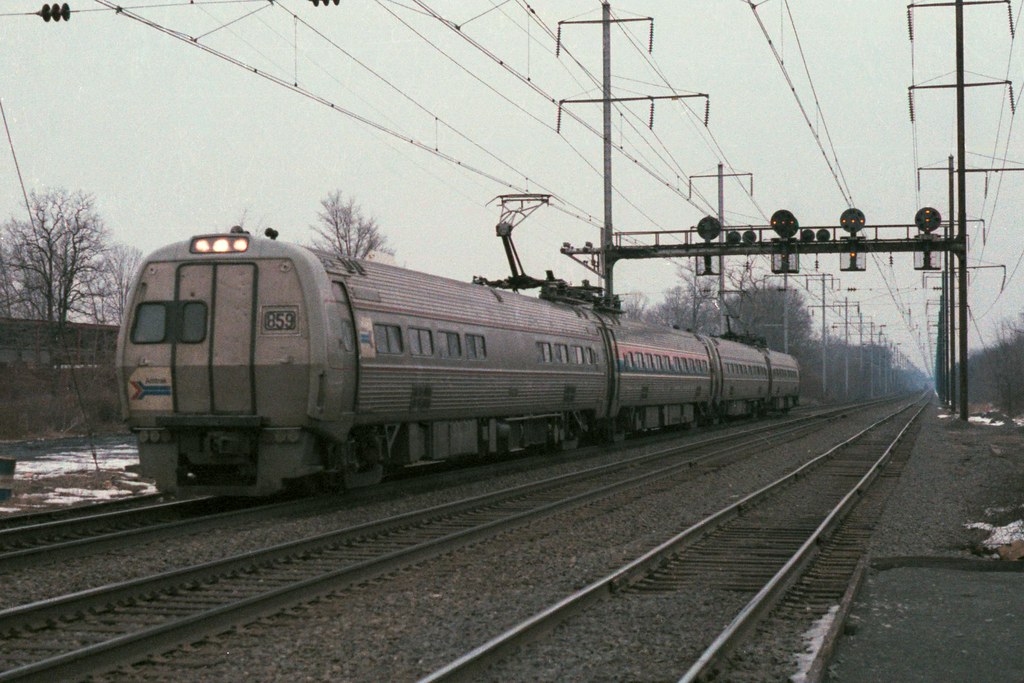seat38a
Engineer
While browsing through the pictures of the old Metroliner Equipment, some have a engine pushing and pulling and some like this:
 ATK Metro 859 Glenn Dale MD Feb 1978 19780200N-18 by Dick Leonhardt, on Flickr
ATK Metro 859 Glenn Dale MD Feb 1978 19780200N-18 by Dick Leonhardt, on Flickr
Look more like a subway layout with two cab cars. Can anyone clarify the difference in equipment? Did Amtrak later slap some Amcan's together and call it a metroliner?
 ATK Metro 859 Glenn Dale MD Feb 1978 19780200N-18 by Dick Leonhardt, on Flickr
ATK Metro 859 Glenn Dale MD Feb 1978 19780200N-18 by Dick Leonhardt, on FlickrLook more like a subway layout with two cab cars. Can anyone clarify the difference in equipment? Did Amtrak later slap some Amcan's together and call it a metroliner?



